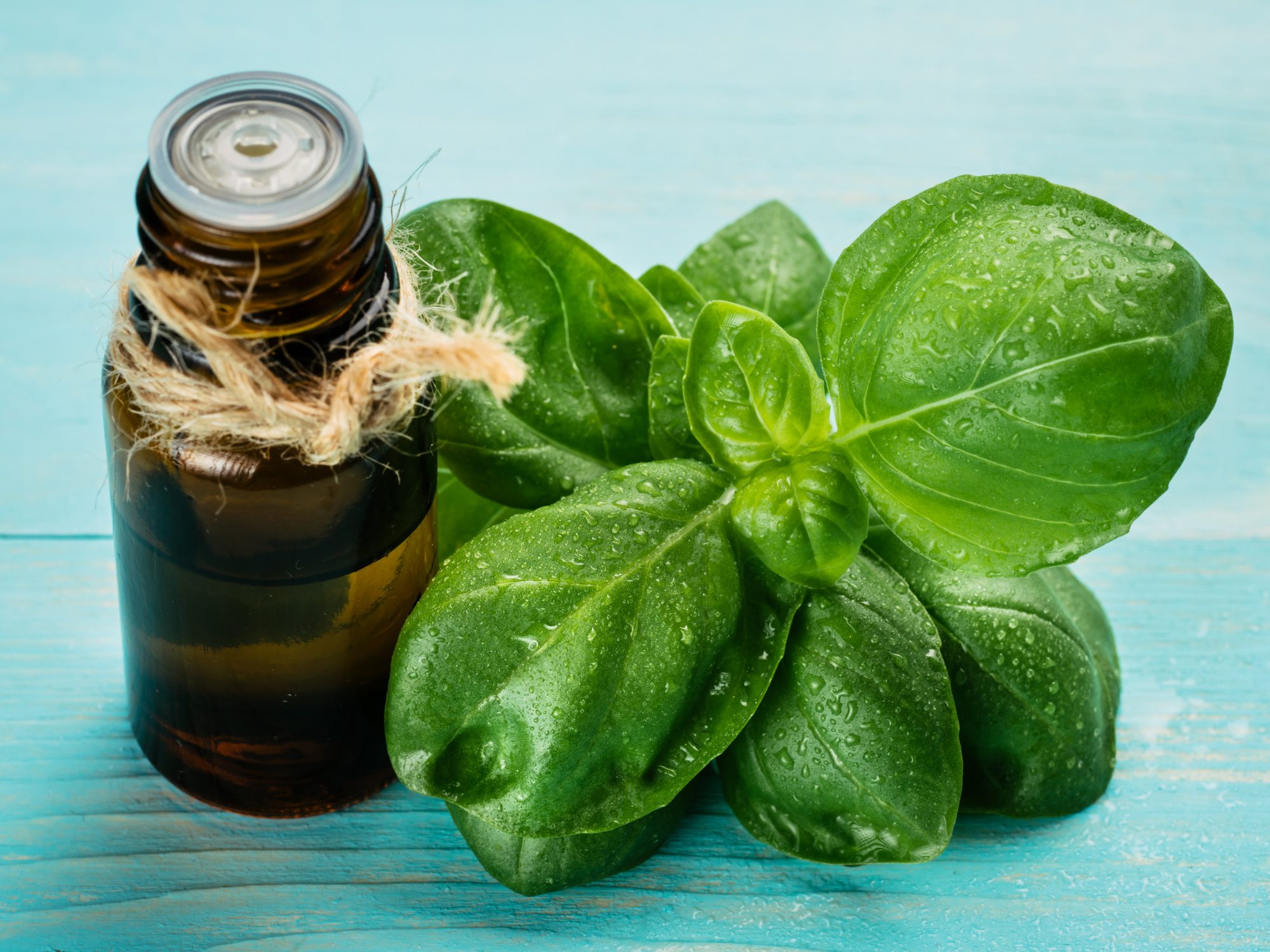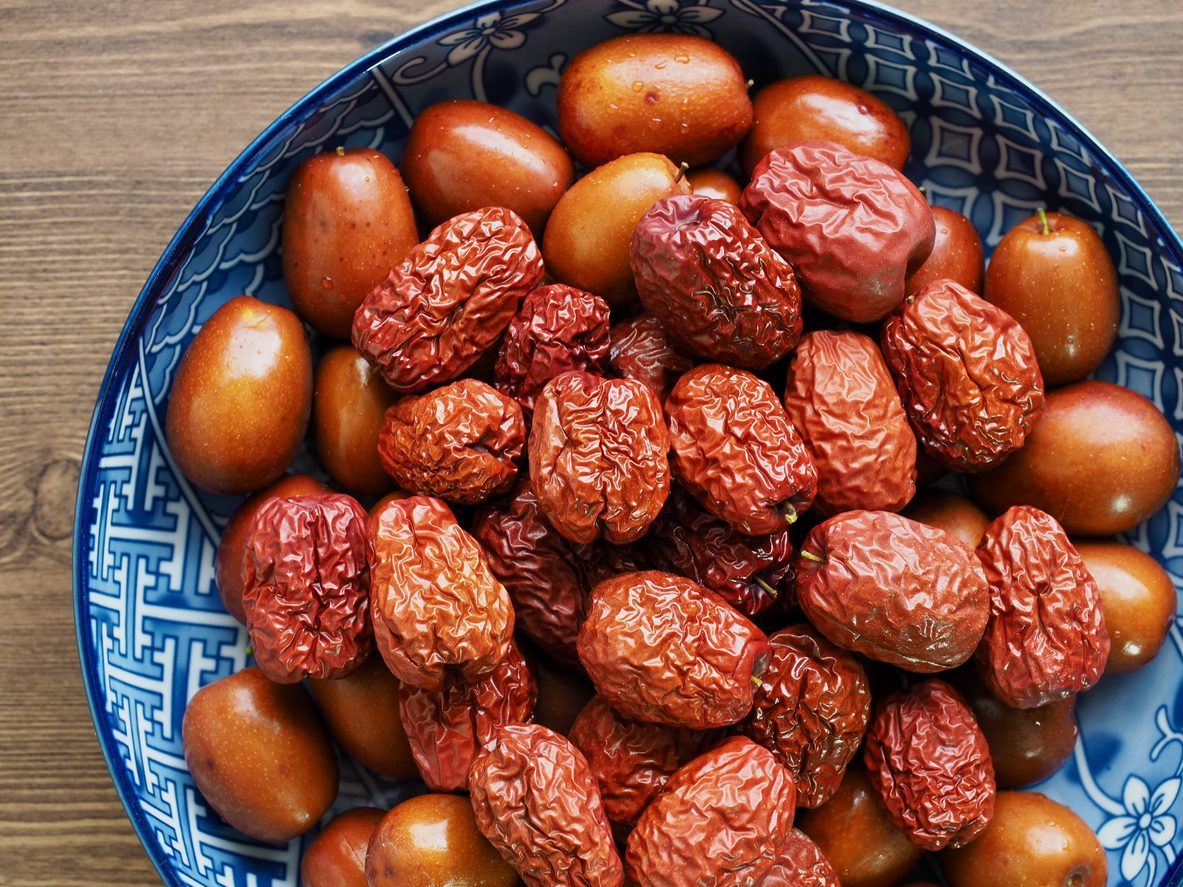Pitaya: beneficial properties and uses of dragon fruit
But let's find out what are the beneficial properties and uses of dragon fruit.
;Resize,width=742;)
The dragon fruit grows from a plant of the genus Hylocereus: cacti similar to a palm, which produce this fruit with an exotic appearance. It has a fuchsia-colored outer skin, very reminiscent of prickly pear, while the inner pulp is white and resembles that of kiwi, as it is rich in seeds. The plant that produces it is native to America, but today this fruit is very widespread also in Asia, particularly in China and in tropical countries. But let's find out what are the beneficial properties and uses of dragon fruit.
Properties and benefits of pitaya
Pitaya is a fruit rich in vitamins E and fatty acids, contained mainly in seeds, but it also contains B vitamins and vitamin C, as well as high concentrations of iron and phosphorus and fiber. The vitamins present in the dragon fruit make it very energetic, therefore ideal during periods of particular tiredness and psycho-physical stress.
1. Vitamin E, in particular, gives the fruit antioxidant properties, helping to fight the harmful effects of free radicals;

2. Vitamin C, on the other hand, stimulates the production of collagen, slowing the aging of the skin, and it strengthens the immune system.
3. The dragon fruit is also rich in fiber, it helps fight constipation and it regularizes the intestine.
4. It has a detoxifying function, thanks to the presence of phytoalbumine, which frees the liver from heavy metals.

5. For the skin, then, in addition to slowing aging, dragon fruit also helps to counteract water retention and cellulite.
6. Furthermore, the pitaya is low in calories, it contains about 36 Kcal per 100 grams of product, and it is low in fat and cholesterol: it can therefore be inserted into a slimming regime, in the doses recommended by your nutritionist.
How to consume the dragon fruit and where to find it
The fresh pitaya has a peel that goes from pink to red and its pulp is usually white with black seeds: however, there is also a variety with red flesh, in addition to the yellow pitaya, which has a light pulp and a yellow outer casing.

1. It is an easy fruit to peel: its peel can be cut easily and, once the fruit is divided in half, it is possible to eat it in slices or to taste the pulp with a spoon.
2. The dragon fruit can also be consumed in salads or used for the preparation of sorbets, its taste is delicate and reminiscent of kiwi and pear mixed together, it is also very watery.

3. You can also find the dragon fruit in the dried version, to be consumed as a snack with satiating power, but in small doses, as it can be considered a real concentrate of active ingredients.
4. There is also powdered pitaya, which can be added to juices, yogurt and muesli for breakfast, so as to improve its nutritional intake.
;Resize,width=767;)
;Resize,width=712;)
;Resize,width=712;)
;Resize,width=712;)
